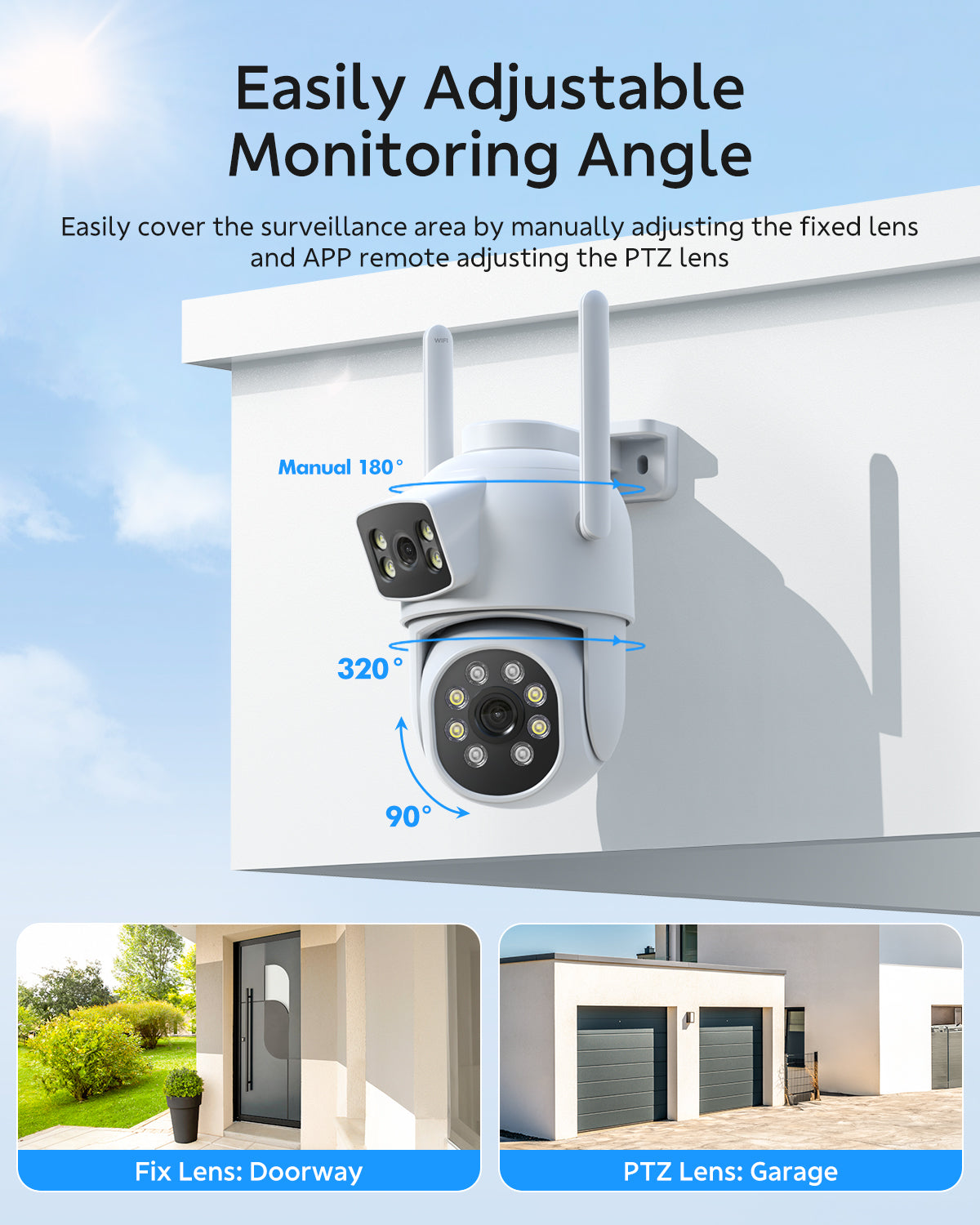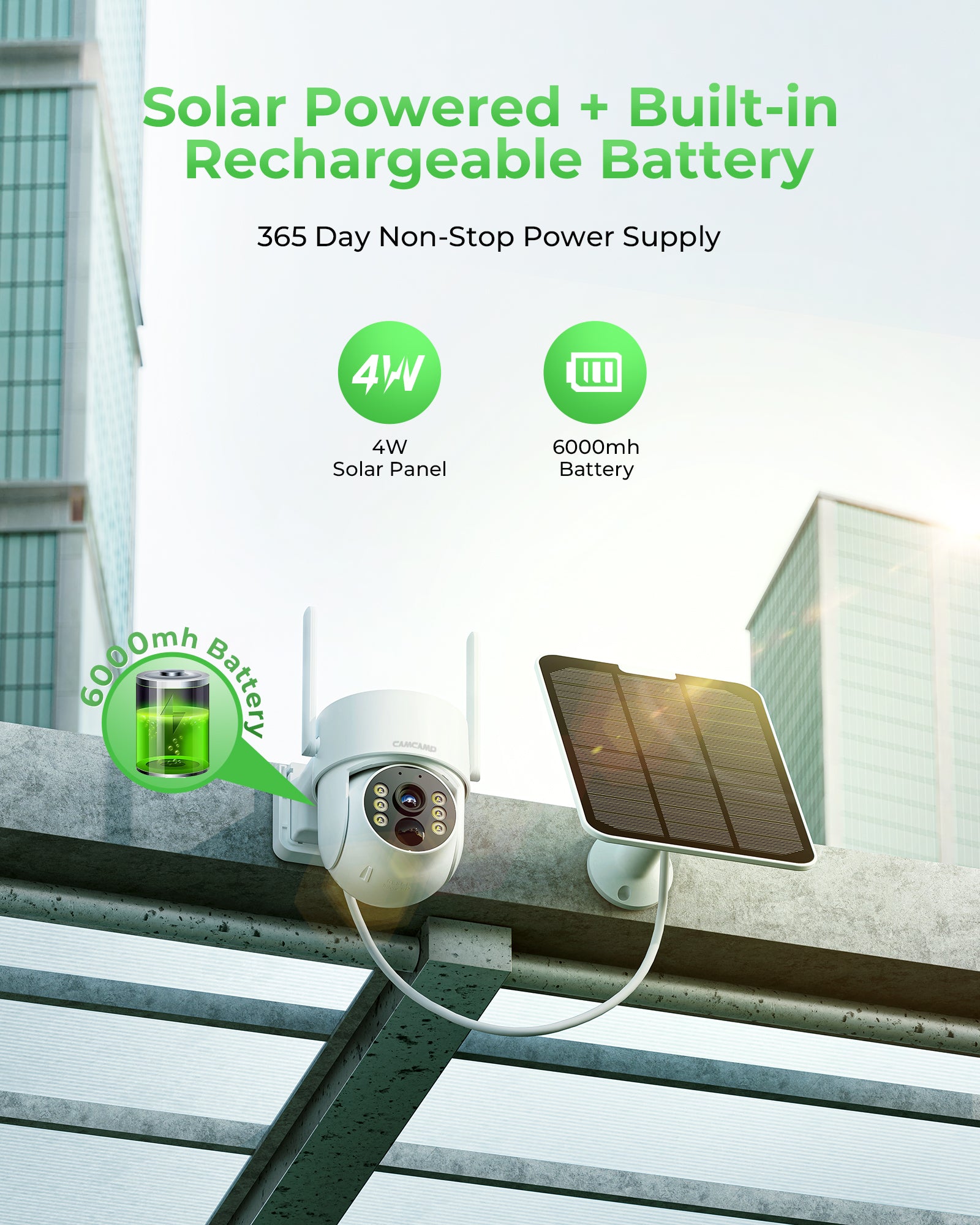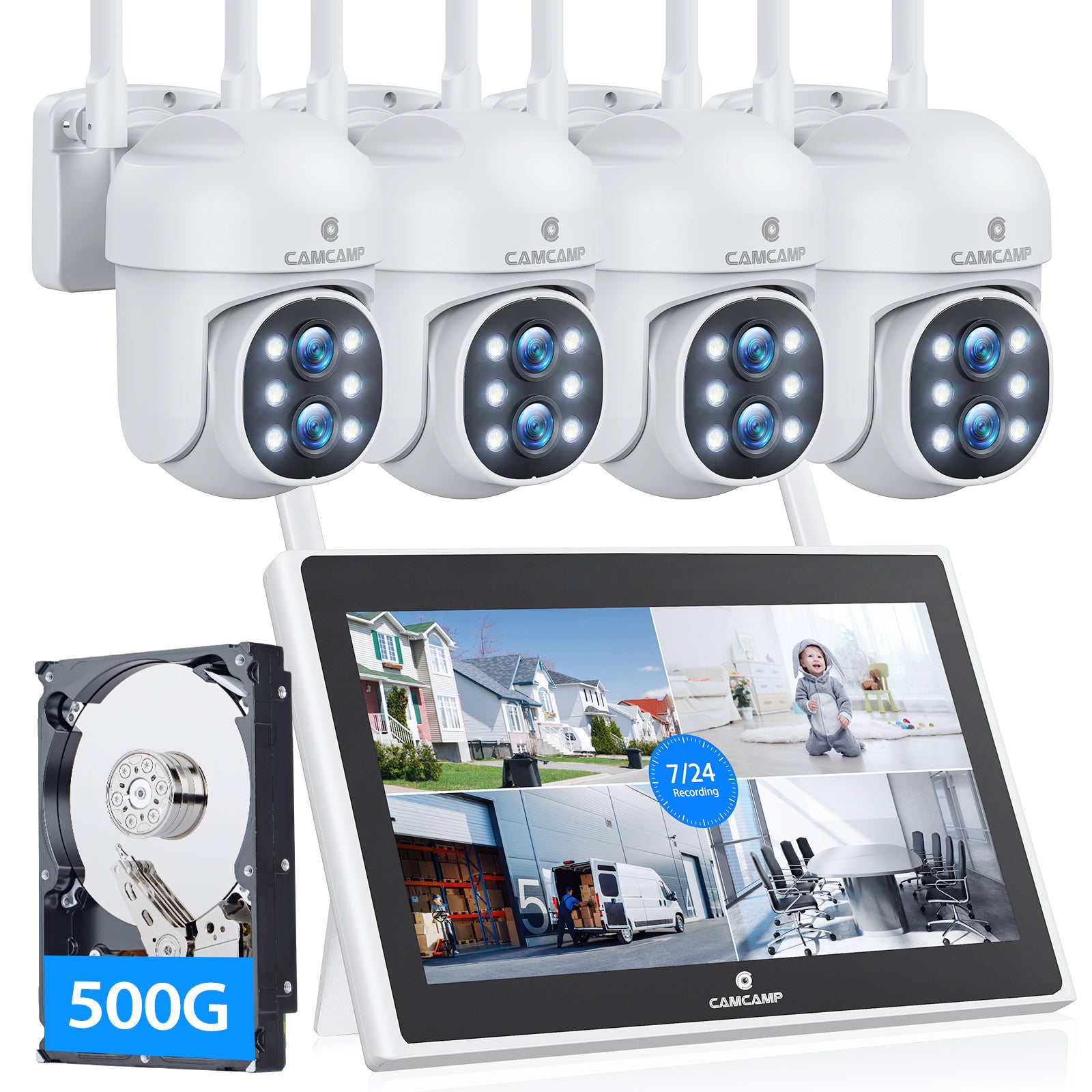Keywords:Security Cameras, Home Security, Smart Home, Video Surveillance, Home Security
1. Introduction
2. Technological Breakthroughs of Smart Security Cameras
2.1 Face Recognition and Smart Alarms
2.2 Voice Control and Remote Monitoring
2.3 Cloud Storage and Data Protection
3. Ways Smart Security Cameras Improve Home Security
3.1 24/7 Monitoring
3.2 Automatic Identification and Alarm of Abnormal Behavior
3.3 Improving Home Security and Convenience
4. Challenges and Privacy Issues
5. Future Development Trends of Smart Security Cameras
6. Conclusion
Security Cameras: How to Change Our Lives
1. Introduction
In modern society, with the continuous advancement of technology, smart security cameras have evolved from ordinary monitoring equipment to a core component of home security. Today's security monitoring is changing our lives in unprecedented ways.The widespread popularity of security cameras not only makes everyone safer, but also provides us with unprecedented convenience. Through these cameras, families can achieve real-time monitoring, remote control, automatic alarm and other functions, helping us cope with increasingly complex security threats. However, while security cameras provide these convenient functions, they also bring privacy and other issues.

2. Technological breakthroughs of smart security cameras
2.1 Face recognition and smart alarms
The biggest difference between security cameras and traditional cameras is their powerful smart functions. For example, many high-quality modern security cameras are equipped with face recognition technology that can identify family members and visitors. If the camera detects a stranger breaking in, it will push an alarm through the mobile phone to notify the owner in real time, allowing users to quickly understand the situation and take countermeasures.
Such accurate identification functions not only reduce false alarms, thereby reducing the frequency of disturbing users, but also ensure family safety and respond in time in critical moments.2.2 Voice control and remote monitoring
Security cameras usually integrate voice assistants, and users can control the working status of the camera or view real-time video through voice commands after connecting. For example, when you are not at home, you can remotely view the situation at home through your mobile phone, especially for families with elderly people, children or pets at home, which ensures everything is safe. Through voice control, family members, especially the elderly and children, can operate the security system more easily without relying too much on mobile phones or other devices, and can also communicate easily with users.2.3 Cloud Storage and Data Protection
Security cameras are usually able to upload video data to the cloud for storage, so that even if the device is damaged or stolen, you can still restore important monitoring data from the cloud. Cloud storage not only improves data security, but also makes access to monitoring data more convenient. Despite this, how to ensure the privacy and security of this data is still an important issue that needs to be solved in the field of smart security. However, cloud storage usually requires payment, but it is also more convenient and safer. If there is no need for cloud storage, you can also use SD cards to store your own data.

3. Ways for smart security cameras to improve home security
3.1 24/7 all-weather monitoring
Nowadays, some better security cameras can monitor every corner of the home uninterruptedly, especially for anti-theft and anti-intrusion. All-weather monitoring is particularly important. All-weather monitoring means uninterrupted recording, always monitoring and recording the situation within the monitoring range to ensure that no clues are missed. Whether it is day or night, the safety of the home can be fully guaranteed by smart cameras. Many security cameras have night vision, which can capture clear images even in the dark, which is particularly effective in preventing nighttime burglary and brings unlimited convenience to users.
3.2 Automatic identification and alarm of abnormal behavior
Some security cameras on the market currently use AI technology and machine learning to identify abnormal situations based on human behavior patterns. For example, when the camera detects a person wandering near your home or an unknown object approaching the door or window, it will immediately trigger an alarm and push a message to remind you through your mobile phone. In addition, some high-end cameras can also adjust shooting settings according to weather, light and other conditions to ensure that clear images can be captured in any environment.3.3 Improve home security and convenience
For ordinary families, security cameras are not only security equipment tools, but also smart homes that improve the quality of home life. Because now basically all security cameras can view real-time conditions remotely, users inside can view the situation at home in real time through their mobile phones when they are out, especially for families with children, the elderly or pets. This function undoubtedly increases the sense of security of the family. Family members can even interact with pets at home through smart security cameras to ensure that they are well taken care of at home, and users can also be more assured!

4. Challenges and privacy issues
Although security cameras bring many conveniences, privacy issues are still issues that need attention. Since most security cameras rely on cloud storage for data backup, this involves the privacy protection and security of personal data. For example, risks such as malicious hacker attacks and information leakage make users doubt the security of smart security products. If you are really worried, you can use SD cards to store your data, which greatly increases security.
5. Future development trends of smart security cameras
The future of smart security cameras is inseparable from the deep integration of artificial intelligence and the Internet of Things. With the continuous advancement of AI technology, I believe that future security cameras will not only be able to recognize faces and behaviors, but also understand complex social scenes, provide more accurate security monitoring services, and bring users more intelligent and diverse functions.
At the same time, the popularity of smart home systems will enable security cameras to work more closely with other smart devices such as door locks and lighting systems to jointly build a more intelligent and automated home security network. This is the so-called smart home system, which I hope will be realized in the future.



Leave a comment
This site is protected by hCaptcha and the hCaptcha Privacy Policy and Terms of Service apply.